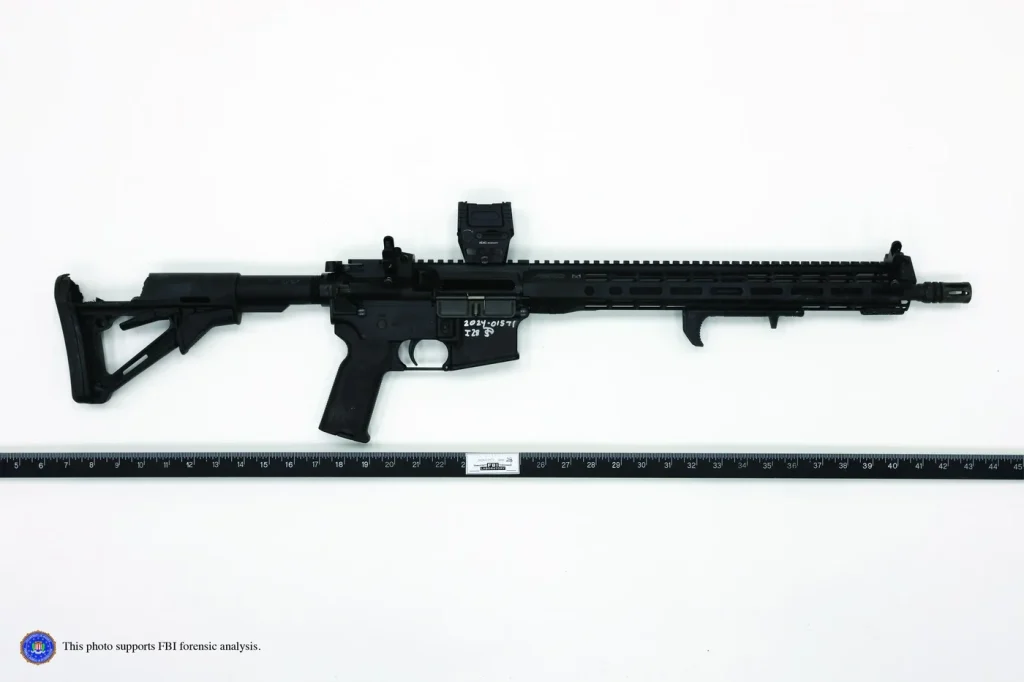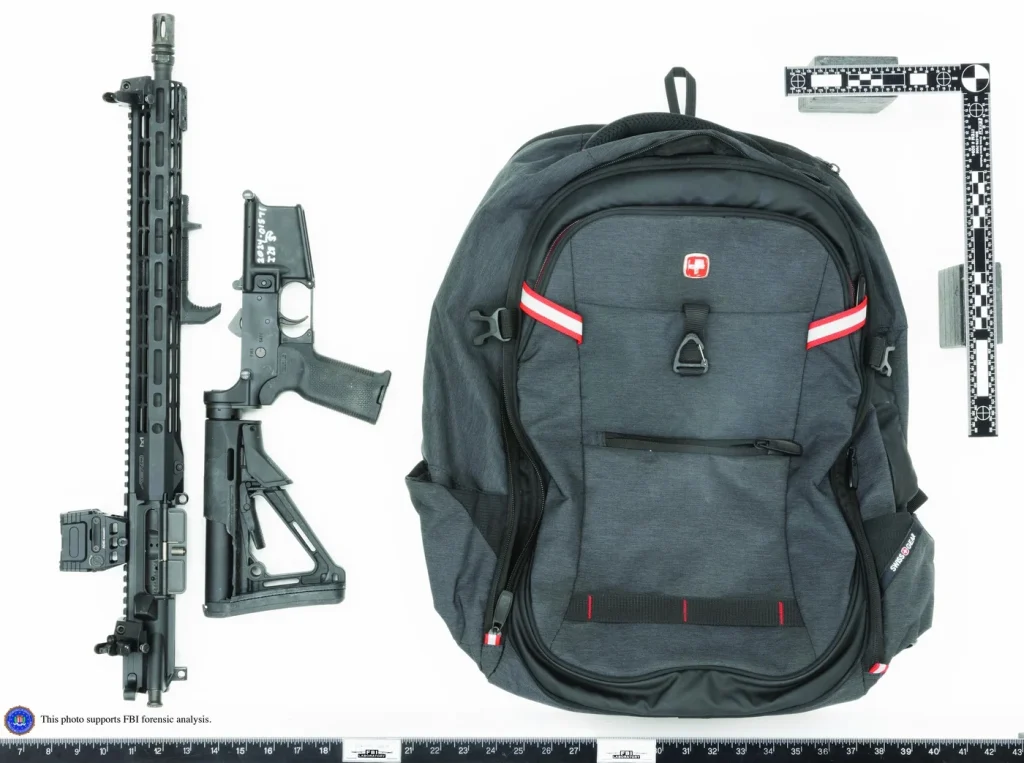(SQAUK) — On July 13, 2024, a 20-year-old named Thomas Matthew Crooks from Bethel Park, Pennsylvania, attempted to assassinate former President Donald Trump during a campaign rally in Butler, Pennsylvania. The FBI’s investigation revealed that Crooks had meticulously planned the attempt, which has shocked many. However, there has been skepticism and debate surrounding the damage to Crooks’ rifle, the number of shooters, the number of rounds fired, and bullet trajectories.
The FBI, in collaboration with the Secret Service, identified Crooks through DNA and biometric confirmation after Secret Service agents killed him at the scene. According to the FBI’s findings, Crooks had shown interest in public figures, including Trump, well before the event, as evidenced by his internet searches and social media activity. His preparation included purchasing ammunition on the day of the rally and using a drone to scout the rally site hours before the attack. This level of premeditation was further confirmed by his search for historical assassination details, notably the distance Lee Harvey Oswald was from President Kennedy during the assassination.
The Secret Service’s involvement in the incident has been under scrutiny, especially after revelations that they had spotted Crooks on a rooftop approximately minutes before he opened fire. Despite this, communication failures meant that Trump’s security detail was not adequately alerted to the threat. Local law enforcement and Secret Service snipers observed Crooks using a rangefinder and engaging in other suspicious behaviors. Yet, the necessary action to neutralize the threat before it escalated was not taken.
One of the most intriguing aspects of the case is the damage to Crooks’ rifle. The FBI claims that a bullet from a Secret Service sniper struck the gun’s stock, which seems implausible given the geometry of the situation. If the sniper was positioned to shoot Crooks head-on, the bullet strike on the side of the gun stock suggests either a highly improbable shot or a misrepresentation of events. This detail has led to widespread speculation and calls for further investigation into the mechanics of the sniper engagement.

The FBI’s narrative includes Crooks’ background, revealing him as a registered Republican voter with no solid partisan political views, according to initial investigations. However, his actions leading up to the rally, including his interest in political figures across the spectrum, suggest a more complex motive that remains to be seen. The FBI’s Deputy Director Paul Abbate highlighted Crooks’ activities leading up to the rally, including visiting the rally site multiple times and practicing at a shooting range, underscoring the level of preparation involved.

The public’s reaction, as seen on platforms like X, has been mixed, adding to the tension and uncertainty in the incident’s aftermath. Some posts question the Secret Service’s handling of the situation. There have been claims that the Secret Service cleaned or even helped Crooks before the shooting. While these claims are likely exaggerated or false, they demonstrate the public’s lack of trust and the need for transparency. The Secret Service’s admission of not securing the area from which Crooks fired, leaving it to local law enforcement, has also faced criticism, highlighting potential lapses in security protocols.
The investigation into Crooks’s digital footprint revealed searches related to Trump and other political figures and events. This suggests a broader interest in political violence or perhaps a fascination with historical assassinations. This investigation aspect might provide clues to Crooks’ motives, which the FBI admits remain elusive.
The aftermath of the shooting, which resulted in the death of a bystander and injuries to others, has led to a reevaluation of security measures for political figures. While providing a timeline and some motives, the FBI’s detailed account of the event leaves many questions unanswered, especially concerning the operational failures that allowed such an attack. This incident is a stark reminder of the ever-present threat to political figures and the need for continuous improvement in security protocols. It also highlights the importance of thorough investigations and transparent reporting to maintain public trust and ensure the effectiveness of future security measures.
The case of Thomas Matthew Crooks serves as a chilling reminder of the threats political figures face. It also opens up discussions on security protocols, the coordination between law enforcement agencies, and the public’s right to know the full extent of such incidents. As the FBI continues its investigation, the need for transparency remains urgent and crucial. The focus remains on understanding the full scope of Crooks’ planning, the effectiveness of the Secret Service’s response, and most intriguingly, the true nature of the engagement that led to the damage to Crooks’ rifle. This challenges the official narrative and calls for deeper scrutiny.
While the immediate threat of this incident has been resolved, it still lingers in the public’s consciousness, prompting questions beyond the summarized points of an FBI report. People want to understand how such an event could occur at a political rally, especially considering the presence of highly trained security personnel.


